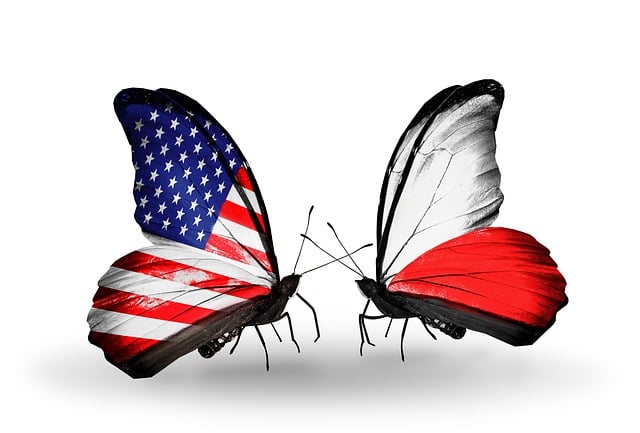The evolution of the U.S. flag, from its original 13 stars to today's 50-star design, reflects America's growth and history. Vintage Old American flags available locally or online are tangible connections to specific eras and events, preserving the nation's collective memory. These historic flags, each with unique symbolism, enable individuals to engage with America's past and appreciate its democratic values, making them prized collectibles for historical enthusiasts ("Old American flags for sale near me").
“Unravel the captivating history of the U.S. flag and its enduring symbolism in our comprehensive guide. From its humble beginnings to the vibrant tapestry it is today, each modification has reflected America’s growth and values. Explore notable historical events where old flags played pivotal roles, from war battles to peaceful protests. Learn how to locate and responsibly own a piece of this rich heritage through vintage flags available near you, fulfilling your desire for ‘old American flags for sale near me’.”
- The Evolution of the U.S. Flag Design
- – A history of changes and symbolism in American flag design
- – How each modification reflected the nation's growth and values
The Evolution of the U.S. Flag Design

The evolution of the U.S. flag design reflects the nation’s history, values, and aspirations. Over time, the flag has undergone significant changes, each one a testament to America’s growth and development as a country. Early versions, known as the “Betsy Ross” flags, featured 13 stars and stripes, symbolizing the original 13 colonies that declared independence. As new states joined the Union, additional stars were added to the flag, making it a dynamic representation of expanding territory and growing freedom.
Today, old American flags for sale near me or online offer a glimpse into this rich history. Each vintage flag tells a story, whether it’s from a specific historical era, a significant event, or a period of national unity. Collecting these historic moments in fabric form not only preserves the past but also allows individuals to connect with the nation’s collective memory and appreciate the symbolism behind each iteration of “Old Glory.”
– A history of changes and symbolism in American flag design

The American flag, known as the Stars and Stripes, has undergone a series of transformations over its history, reflecting changes in the nation’s identity and values. Each redesign mirrors pivotal moments in U.S. history, incorporating new states and embodying evolving ideals. The initial design, with 13 stripes and 13 stars, represented the original colonies breaking away from Britain. Over time, as more states joined the Union, the flag evolved, adding stars to symbolise each new addition, while retaining its iconic 13 stripes.
Today, the U.S. flag boasts 50 stars, reflecting the 50 states of the Union. This design has been in use since 1960, a testament to stability and unity. Old American flags for sale near me often reflect these historical changes, with collectors valuing vintage flags for their unique symbolism and contribution to the nation’s narrative. Each iteration tells a story, making them significant pieces of historical memorabilia.
– How each modification reflected the nation's growth and values

The U.S. flag, with its stars and stripes, has undergone modifications over time, reflecting the nation’s growth and values. Each change, from adding stars to represent new states to shifting the arrangement of colors, symbolizes America’s evolving identity. For instance, the introduction of the 50-star flag in 1960 marked a milestone as it represented the unification of a diverse nation under one banner. Similarly, historical events like statehood have left their mark on Old American flags for sale near me, making them cherished collectibles that tell tales of the past.
These modifications are not just aesthetic; they encapsulate the spirit of democracy and freedom that America stands for. The flags serve as tangible reminders of significant milestones in the nation’s history, preserving these moments for future generations to appreciate and understand. As new states joined the union, the flag became a visual representation of inclusion and unity, fostering a sense of national identity among its citizens.
